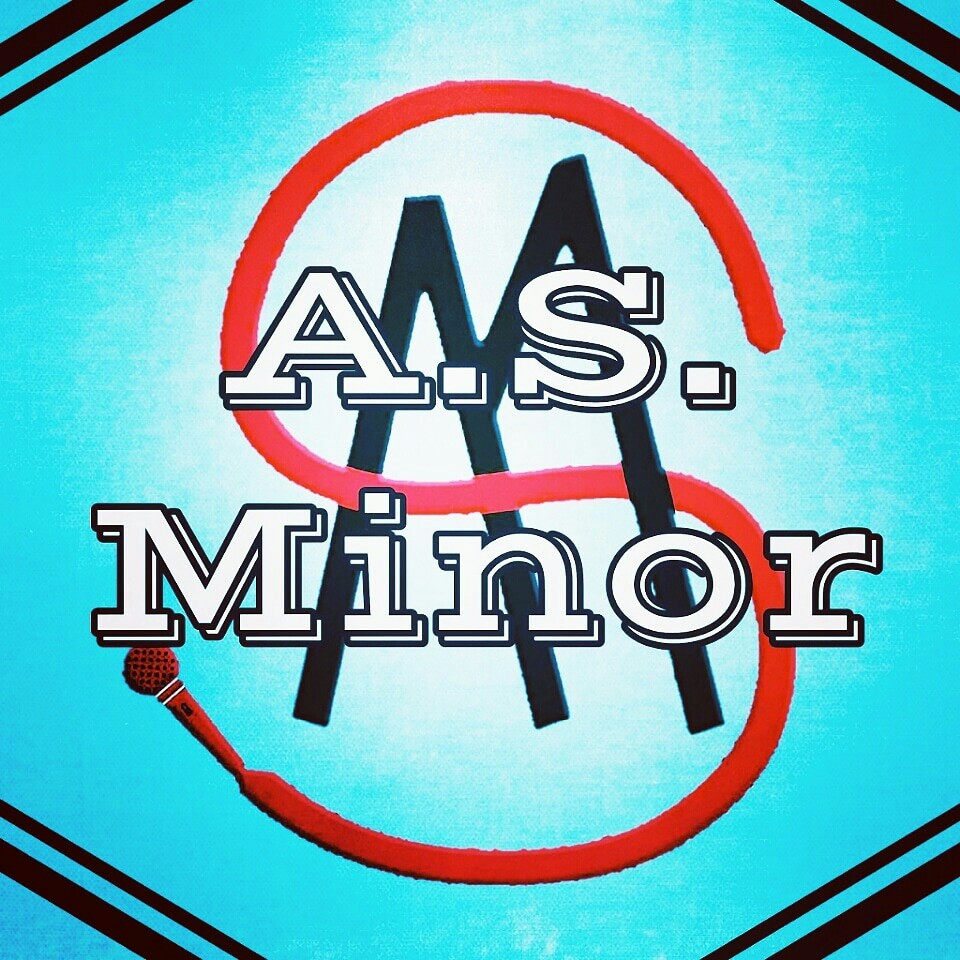For those who have experience with mental illness, either from the inside or the outside, “Crazy Ex-Girlfriend” on Netflix is an unexpected treat. Unfortunately, the title is something that can throw people off, and perhaps not fully portray what this show is about, which is mental health awareness. Perhaps some people might’ve skimmed past the title, ignoring it because they thought it was making fun of mental illness, or something of the sort. But this show is anything but mocking.
Rachel Bloom, the creator of the show, is diagnosed with depression, anxiety, and OCD, and loosely based this musical comedy sitcom on her life and her experiences with her mental health issues. It follows the story of “Rebecca Bunch,” a successful lawyer who, in a fit of mania and existential crisis, quits her medication and her job, and moves across the country to rekindle a romance from her teenage years. The show went on to win a Golden Globe Award, a TCA Award, a Critics Choice Television Award, and a Primetime Emmy Award.
Since this show is loosely based on her life, it’s important to understand a little about her in real life. Rachel Bloom got her celebrity start on YouTube, doing comedic music videos about her life and experiences dealing with mental illness. She gained real notoriety for her YouTube video, “F*ck Me, Ray Bradbury,” which she wrote for Ray Bradbury’s 90th birthday in 2010, which was nominated for a Hugo Award. She'd been doing small acting jobs all her life, but her real passion was in musical theater and drama, so in 2015 she created the show “Crazy Ex-Girlfriend,” which allowed her to explore both.
As previously mentioned, this show follows Rebecca as she moves across the country to be with her ex-boyfriend, whom she hasn’t seen in a decade or more. The interesting thing about this show is that, about halfway through, the character goes to therapy to get diagnosed. In an effort to uphold realism, the producers gave it to a number of different psychologists to make an unofficial diagnosis on the character herself, since this is only loosely based on Rachel Bloom herself. They all came back with the same diagnosis: Borderline Personality Disorder. It’s important to note, here, that mental illness is a spectrum, not neatly defined boxes, so small changes here and there to actions and personality differences can vastly change a diagnosis. This means that, though the show is based on her life, it doesn’t necessarily say that Rachel Bloom herself has BPD.
Within the first few episodes, we see Rebecca dump her medications down the drain, make poor choices regarding sexual partners, and find herself in a love triangle between her ex-boyfriend, who has a girlfriend, and his best friend, who is desperately in love with her. Throughout the course of this first season we see her clearly jumping between mania and depression pretty routinely, allowing it to completely change her life in difficult and distressing ways. We also see, however, her overbearing mother ridiculing her for life decisions, and her poor coping skills. She befriends an older female coworker whose dissatisfaction with her domestic lifestyle leads her to taking Rebecca under her wing as a surrogate daughter. Both fortunately and unfortunately, this makes the friend a great enabler in her self-destructive activities, which is great because it helps Rebecca not feel so alone, but it also puts them in tricky situations regarding the ex-boyfriend.
This is a show that, if one deals with mental illness, they can palpably feel the shame, awkwardness, and hopelessness that comes with making those bad decisions. It also shows her struggle as she tries to make better decisions. A clear example of this is, as she tries to sneak closer into her ex-boyfriend’s life, she befriends his current girlfriend, who she considers to be more attractive, a better socializer, and an all-around better match for the guy in question. As this unfolds, it’s hard not to feel Rebecca’s shame and embarrassment, her feelings of insecurity and inferiority. This, of course, leads to extreme feelings of inadequacy, which are expertly revealed in comedic songs and choreography that no one else can see or hear.
Throughout the show, they explore more than just social nuances and manic antics, though. They explore codependence, ADHD, depression, and related topics like suicide. They also go into healing and recovery, therapy, and overall wellness as the heroine of the story navigates the world of mental health. The neighbor of the heroine is also an Abnormal Psychology major using Rebecca as a topic for her dissertation, so the show also discusses it from that end. This is possibly one of the most realistic shows about mental illness, namely Borderline Personality Disorder, that this author has ever seen, but with a light-hearted sense that keeps it from being too dark. The music actually adds to this, because it allows the audience to hear the nuanced truth that exists only in the mind of the sufferer. At the bottom of this article is a fantastic video of a therapy session between Rebecca and her therapist.
Throughout this article, it has been mentioned that people with mental health issues will be able to relate to this show, but that’s not to exclude those who don’t have a mental illness, or those whose loved ones do. This show is excellent at conveying what it’s like to have these issues, and what is going through her mind as she manages them. It brings awareness to those who don’t know, while also bringing a deeper level of understanding to those whose loved ones deal with it. It’s not all about mental illness, though. There’s comedy and drama for everyone, regardless of the viewers’ mental status, because it delves into the human experience that we all share.

